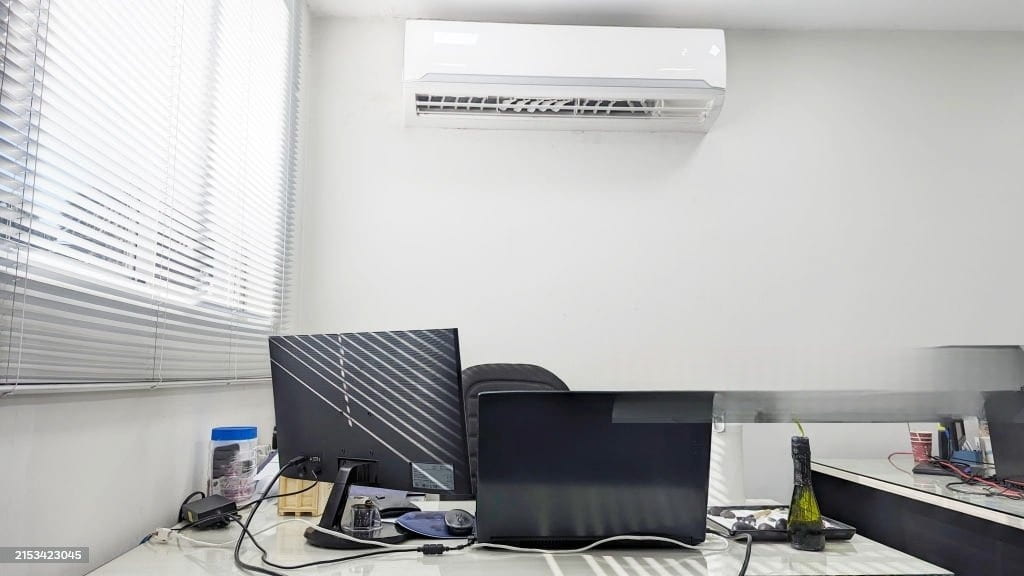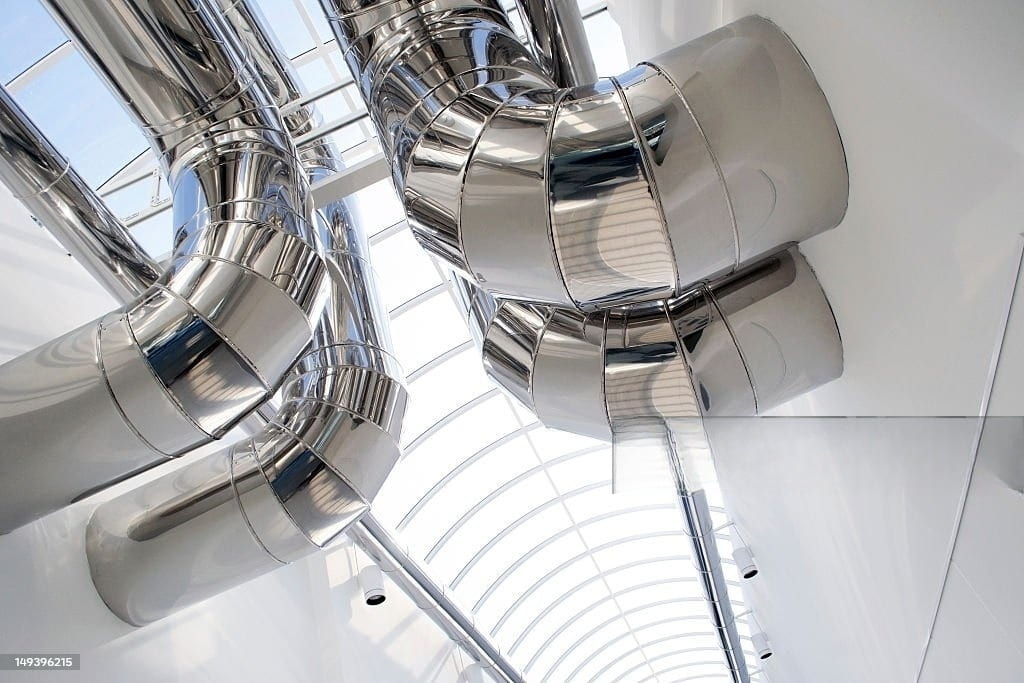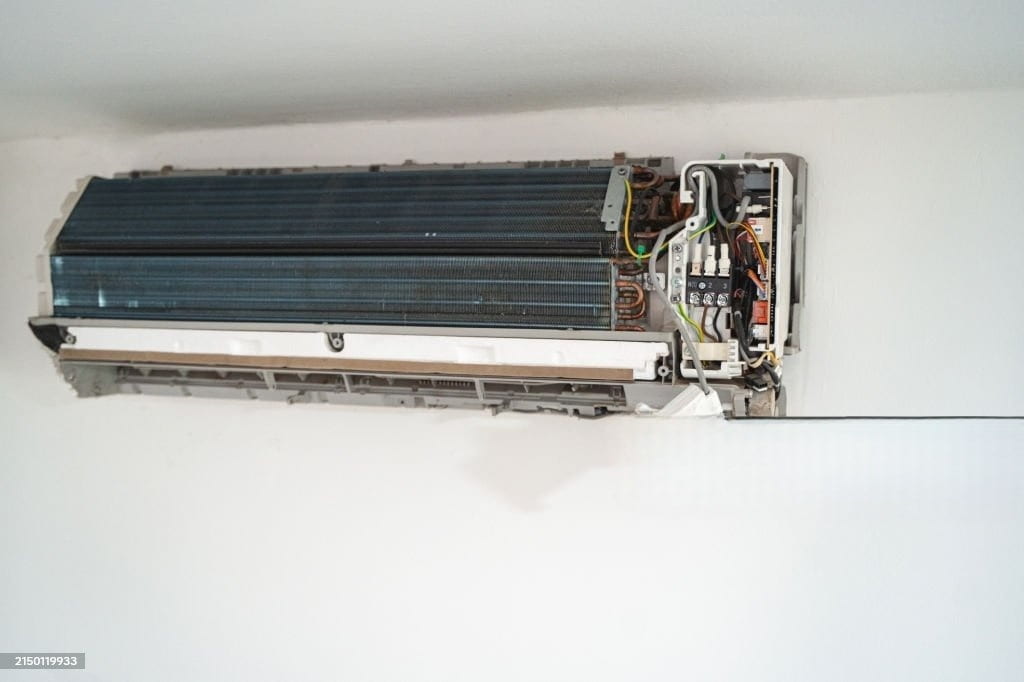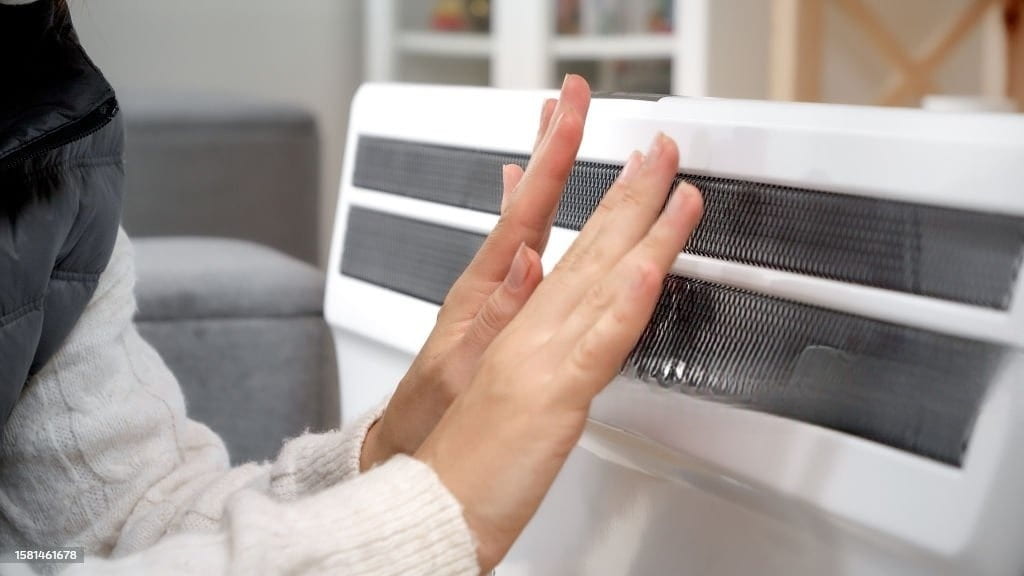As environmental awareness grows, the need for sustainable practices in construction and operation is more crucial than ever. Green building concepts focus on reducing environmental impact, and the HVAC system plays a pivotal role in this process. A well-designed HVAC system for green buildings enhances comfort, saves energy, and minimizes carbon emissions.

Understanding Green Building Concepts
Green building refers to using sustainable materials and practices in construction and operation. It encompasses a holistic approach that considers energy efficiency, water conservation, and indoor environmental quality. An integral part of this concept is the HVAC system, as it significantly impacts energy consumption and occupant comfort.
Importance of Energy-Efficient HVAC Systems
Energy-efficient HVAC systems are essential for green buildings. These systems not only reduce energy consumption but also lower operating costs. High-efficiency air conditioners and heating units consume less power while maintaining optimal performance. Implementing energy-efficient equipment can lead to substantial savings on energy bills while ensuring a comfortable indoor environment.
Incorporating Renewable Energy Sources
Incorporating renewable energy sources into HVAC systems enhances green building effectiveness. Solar panels can power HVAC units, reducing dependence on grid electricity. Geothermal heating and cooling systems utilize the earth’s stable temperature for efficient climate control. These renewable solutions reduce the environmental footprint of buildings and contribute to sustainable development.
Designing for Natural Ventilation
Natural ventilation is a vital component of green building HVAC systems. Designing spaces to maximize airflow can reduce reliance on mechanical cooling and heating. Strategic placement of windows, vents, and skylights can optimize natural breezes. This practice enhances indoor air quality while minimizing the need for energy-intensive air conditioning.
Enhancing Indoor Air Quality
Improving indoor air quality is another crucial aspect of green building HVAC design. Effective ventilation ensures that fresh air circulates throughout the space, reducing pollutants. High-efficiency filters in air conditioning systems capture allergens and particulate matter, creating a healthier indoor environment. This focus on air quality leads to better occupant health and productivity.
Use of Smart HVAC Technology
Smart HVAC technology is transforming how buildings manage climate control. These systems utilize sensors and automation to adjust heating and cooling according to occupancy. For example, smart thermostats can learn occupants’ preferences, optimizing energy use while maintaining comfort. Implementing these technologies contributes significantly to the energy efficiency of green building practices.
The Role of HVAC Maintenance
Regular HVAC maintenance is vital for the sustainability of green buildings. Routine check-ups help ensure that air conditioning systems operate efficiently, thus reducing the need for AC repair. Maintenance tasks, such as cleaning filters and inspecting ducts, prevent energy waste and prolong the lifespan of HVAC equipment. Consistent service plays a significant role in maintaining energy efficiency.
Choosing the Right HVAC System
Selecting the appropriate HVAC system is crucial for sustainable building design. Options include variable refrigerant flow (VRF) systems and energy recovery ventilators (ERVs). VRF systems offer flexible zoning capabilities, allowing for precise temperature control in different areas. ERVs reduce energy consumption by recovering energy from conditioned air, making them ideal for green buildings.
Implementing Thermal Mass Techniques
Utilizing thermal mass in building design can significantly enhance HVAC efficiency. Materials with high thermal mass, such as concrete and brick, absorb and store heat, moderating indoor temperatures. This phenomenon reduces the load on air conditioning systems, ensuring that they operate more efficiently. The strategic use of thermal mass is key in green building practices.
Importance of Building Orientation
Building orientation plays a crucial role in generating energy-efficient HVAC solutions. Positioning a building to take advantage of natural light and prevailing winds reduces reliance on artificial lighting and mechanical cooling. South-facing windows can harness solar heat in winter, while roof overhangs prevent overheating in summer. Thoughtful orientation positively impacts the HVAC system’s overall efficiency.
Educating Occupants on Energy Use
Occupant education is essential for maximizing the benefits of green building HVAC systems. Teaching residents and employees about energy-saving practices can lead to substantial reductions in energy use. Simple actions, such as adjusting thermostats and utilizing natural ventilation, contribute to a more sustainable environment. Awareness initiatives enhance the effectiveness of HVAC systems in green buildings.
Green building HVAC systems represent a significant step towards sustainability. By prioritizing energy efficiency, renewable energy integration, and occupant comfort, these systems contribute to healthier environments. As the demand for sustainable construction practices continues to rise, HVAC technology will evolve to meet these challenges.








